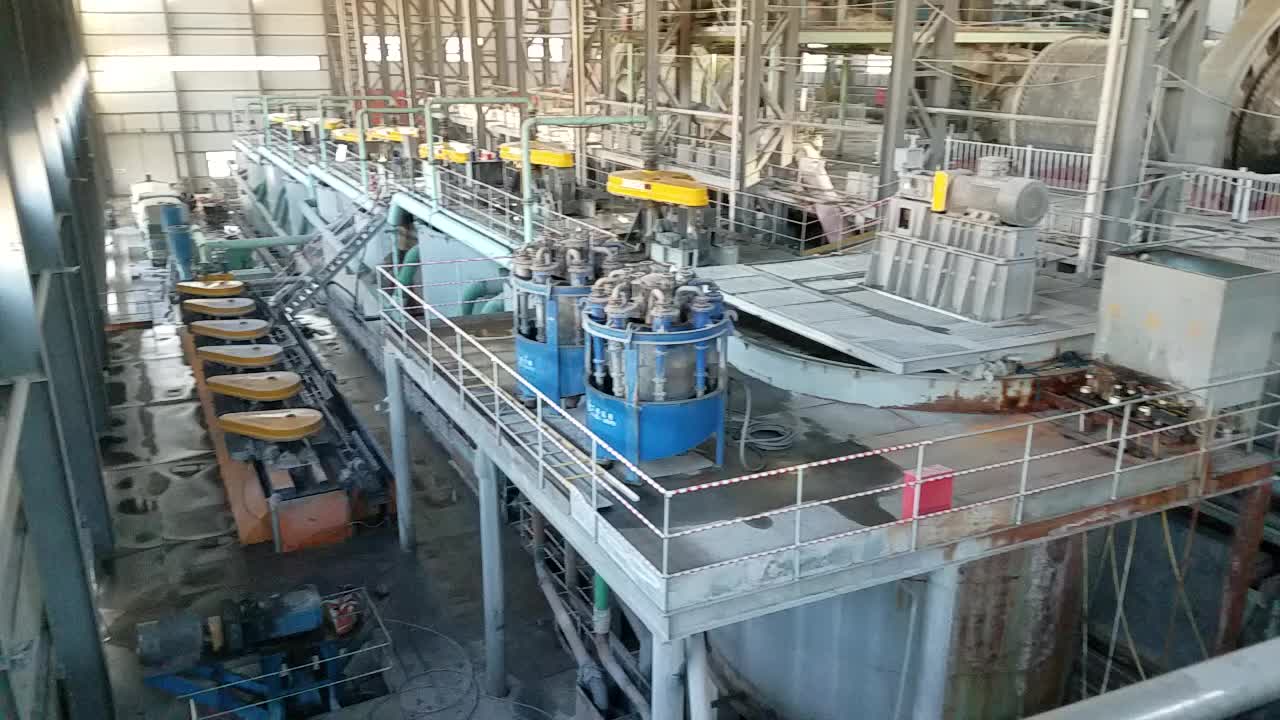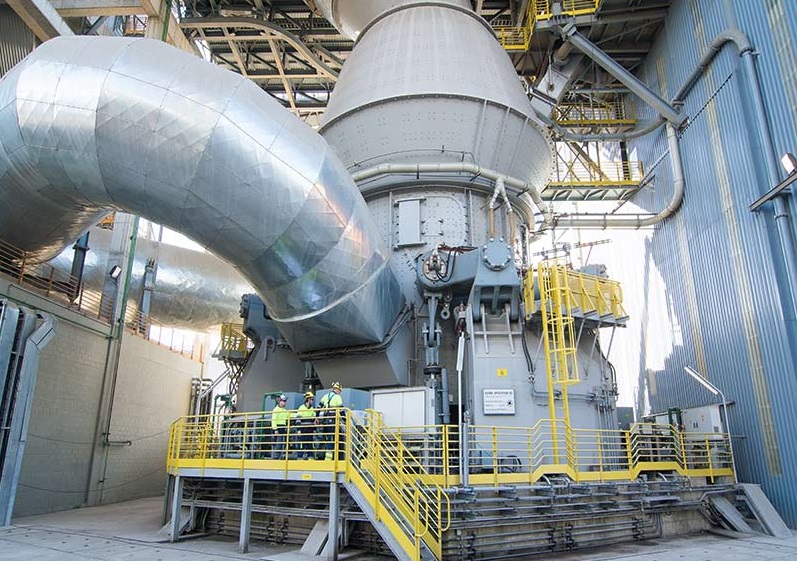The Grind Behind the Gray: Unconventional Truths About Cement Milling
Cement doesn’t just happen. It’s born from violence rocks smashed, minerals pulverized, particles forced into submission until they agree to become something new. Two gladiators enter this arena: the ball mill, a thunderous rotating beast, and the roller mill, a precise hydraulic crusher. Their battle shapes everything from sidewalk concrete to dam foundations, yet few understand why one triumphs over the other in specific scenarios. This isn’t about textbook comparisons; it’s about the unspoken realities that determine which method leaves its mark in the hardened landscape of our cities.
When Size Matters More Than You Think
Forget what you know about “fine powder.” The real magic happens at scales invisible to the eye, where a single micron’s difference alters destiny. Ball mills attack clinker with chaotic energy steel balls colliding in a deafening roar, fracturing particles through sheer impact. The result? A wild, unpredictable mix of sizes, from dust-like fines to stubborn micro-chunks. This anarchic distribution secretly benefits certain mixes, creating a granular hierarchy that packs tighter than a rush-hour subway.
Roller mills take the opposite approach. Imagine twin stone wheels pressing grapes into wine, except here it’s limestone being squeezed until it surrenders. The particles emerge more uniform, like sand sorted by a meticulous sieve. But uniformity has a dark side it demands more water to flow, a fact betrayed when the concrete slump cone test reveals a mix that’s either stubbornly stiff or suspiciously watery. The test doesn’t lie: roller-milled cement often needs chemical babysitters (plasticizers, superplasticizers) to behave, while ball-milled powder naturally plays nice with H₂O.
The Hidden Cost of Being Gentle
Roller mills boast about their energy savings like hybrid cars flaunting MPG ratings. True, they use less power sometimes half what ball mills guzzle. But industry whispers reveal a dirty secret: those sleek, efficient rollers wear out faster than expected. Replacements aren’t cheap, and downtime for maintenance kills productivity. Meanwhile, the clunky ball mill keeps chugging along, its steel balls degrading so slowly they’re measured in years, not months.
Then there’s the heat factor. Ball mills generate enough warmth to make a sauna jealous, which sounds like a flaw until you realize some cements need that thermal kickstart. Ever notice how certain mixes set faster in summer? Ball milling mimics that effect year-round. Roller mills run cool, forcing chemists to tweak recipes with accelerants, adding complexity (and cost) to what should be simple powder.
The Myth of the Perfect Particle
Marketing loves to tout “consistent grind” as the holy grail. Reality laughs at this oversimplification. Specialty cements the kind holding up nuclear plants or undersea tunnels thrive on controlled irregularity. Ball milling’s random brutality creates microscopic jagged edges that interlock like puzzle pieces, yielding concrete that laughs at earthquakes. Roller-milled particles, too smooth and round, rely on glue-like additives to achieve similar strength.
Yet for everyday concrete sidewalks, curbs, basic structures the roller mill’s uniformity shines. No need for exotic additives, just predictable, boring reliability. This explains why developing nations building miles of roads adore roller mills, while high-tech labs crafting bespoke cement blends keep ball mills humming.
A Test That Tells All
The concrete slump cone test acts as a truth serum for milling methods. Watch closely: a mix using ball-milled cement often holds its shape better as the cone lifts, collapsing slowly like a tired dancer. Roller-milled mixes? They tend to either stand rigid (requiring vibration to settle) or flood outward like spilled syrup. Neither is inherently bad just different. The slump test exposes what numbers can’t: how the cement will behave when 10,000 gallons get poured into a skyscraper’s foundation at 3 AM.
The Future Isn’t Choosing It’s Merging
Forward-thinking plants now run both systems in tandem, like a chef using both a mortar and pestle and a food processor. Roller mills do the coarse work, ball mills refine the finish. Hybrid approaches slash energy use while still achieving the particle diversity that engineers crave. Some experimental setups even adjust milling style based on real-time slump tests, creating a feedback loop between production and performance.
For those craving deeper technical insights, the International Cement Review archives contain goldmines of cutting-edge milling hybridizations. Their reports read like sci-fi: AI-controlled mills that “learn” optimal grinding patterns, nano-additives that compensate for particle shortcomings, even acoustic sensors that “listen” to the grind quality.
Final Stroke of the Hammer
This isn’t a competition it’s a spectrum. Ball milling brings primal force and beautiful imperfections; roller milling offers clinical precision and energy thriftiness. The “better” method depends entirely on what the cement must become: a delicate art piece or a brute-force barrier, a temporary walkway or a century-spanning monument.
Next time you pass a construction site, listen. Beneath the jackhammers and shouted orders, there’s the ghost of a choice made months earlier the echo of steel balls crashing or hydraulics hissing, a decision now set in literal stone. That’s the weight of milling: invisible in the finished product, but fundamental to everything it will endure.
- Industry
- Art
- Causes
- Crafts
- Dance
- Drinks
- Film
- Fitness
- Food
- Jocuri
- Gardening
- Health
- Home
- Literature
- Music
- Networking
- Alte
- Party
- Religion
- Shopping
- Sports
- Theater
- Wellness
- News




